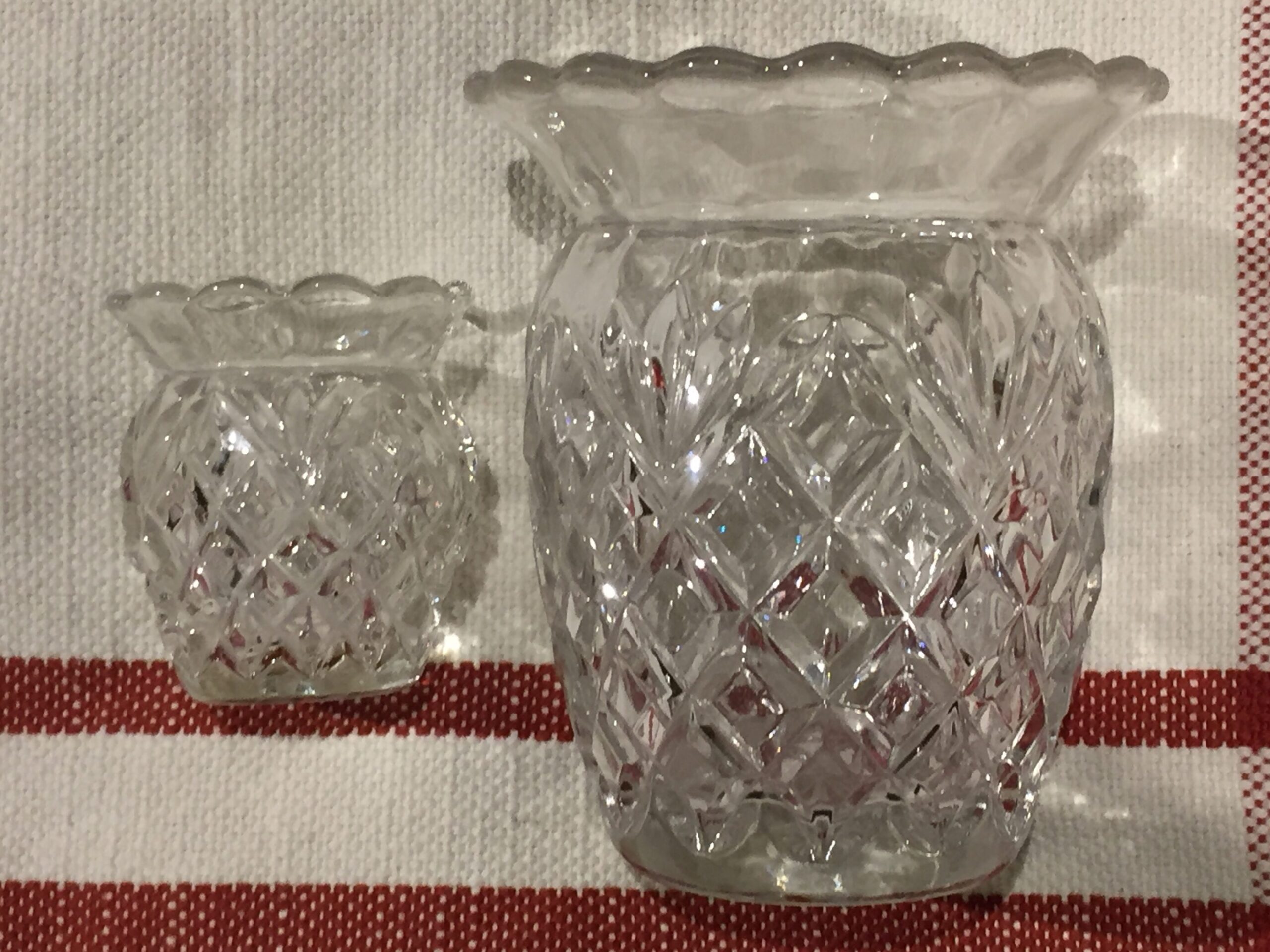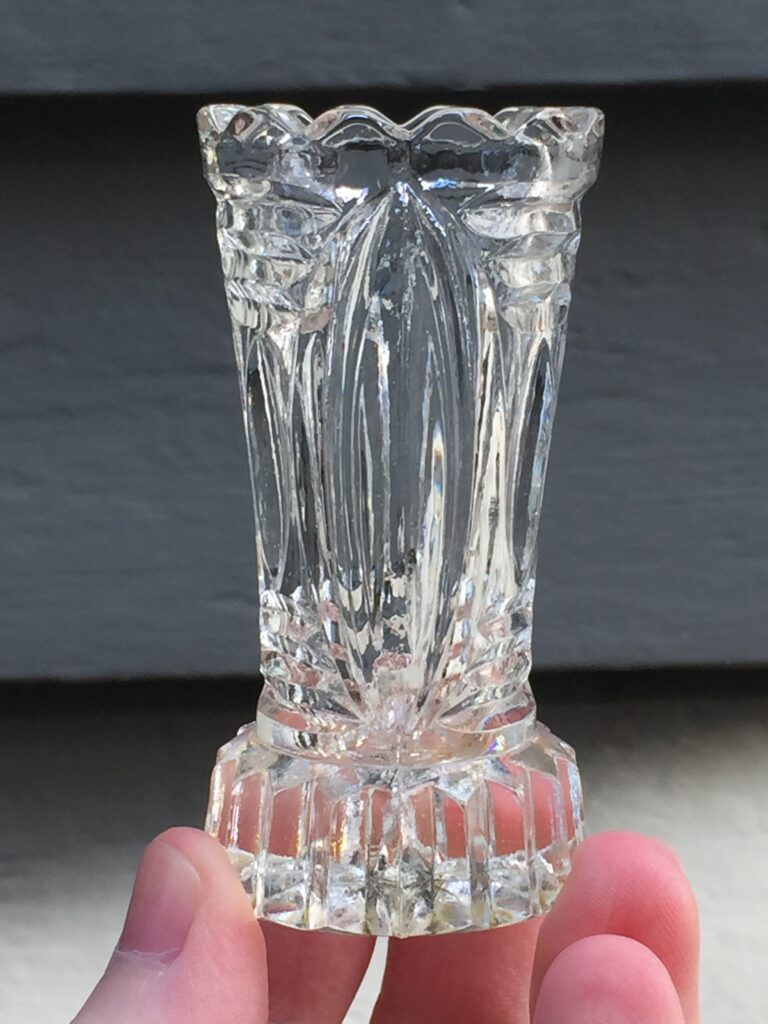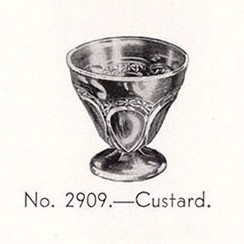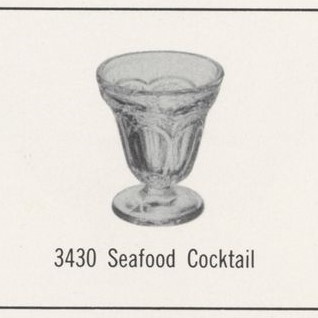It’s ANZAC day today, which reminds me of an item in my collection.
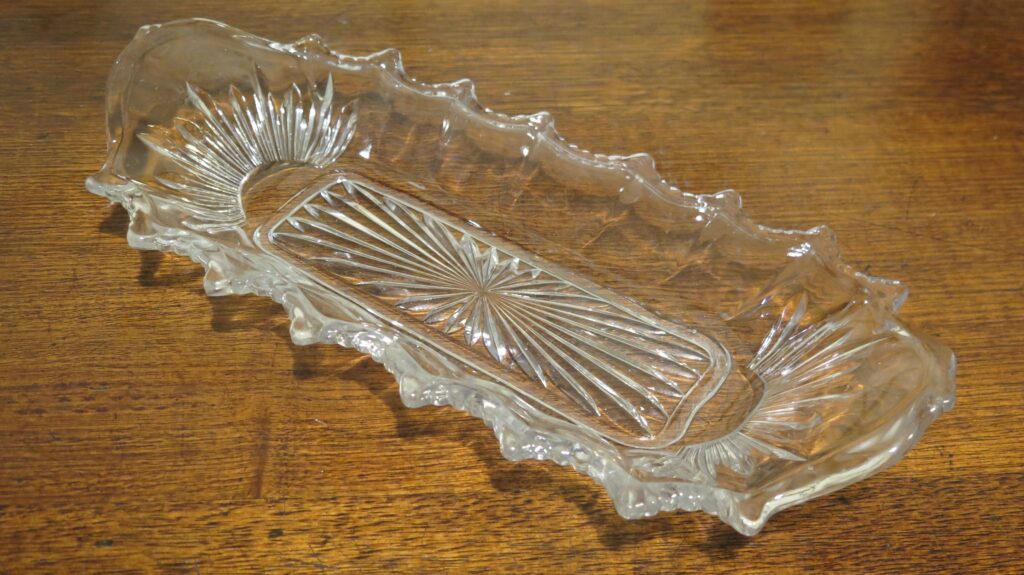
When I first found the glass tray in an op shop my first thought was that it was a quite ornate and a little ugly.
But it appears in a 1932 Crown Crystal catalogue as the No. 1917 sandwich tray.
So I when I went back to that op shop and it was still there I bought it.
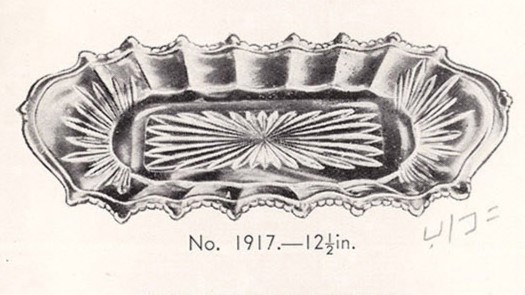
It was only some time later that I recognised the significance of the design, when I was browsing the collections of the Powerhouse museum in Sydney.

Called in their collection “Glass scone tray”, their specimen is slightly different to mine, and the one in the 1932 catalogue, in the it has “Sydney 1929” moulded into the ends.
The Powerhouse museum explains that this was to commemorate the official unveiling of the Sydney Cenotaph in Martin Place on the 21st of February 1929.

My example, and the one in the 1932 catalogue, doesn’t have the place and date. These were presumably ground off the mould after 1929 in order to retain currency after that date.
But the design still retains the more artistic inclusion of the Rising Sun motif, as used on Australian Army badges.

The choice to commemorate the opening of such a solemn monument on an item as refined and domestic as a sandwich tray reminds me of the patriotic and commemorative crochet tea cosies, tea tray cloths, pillow and jug covers made during the war.
For the last couple of years I have been using this tray to serve ANZAC biscuits on ANZAC day.



